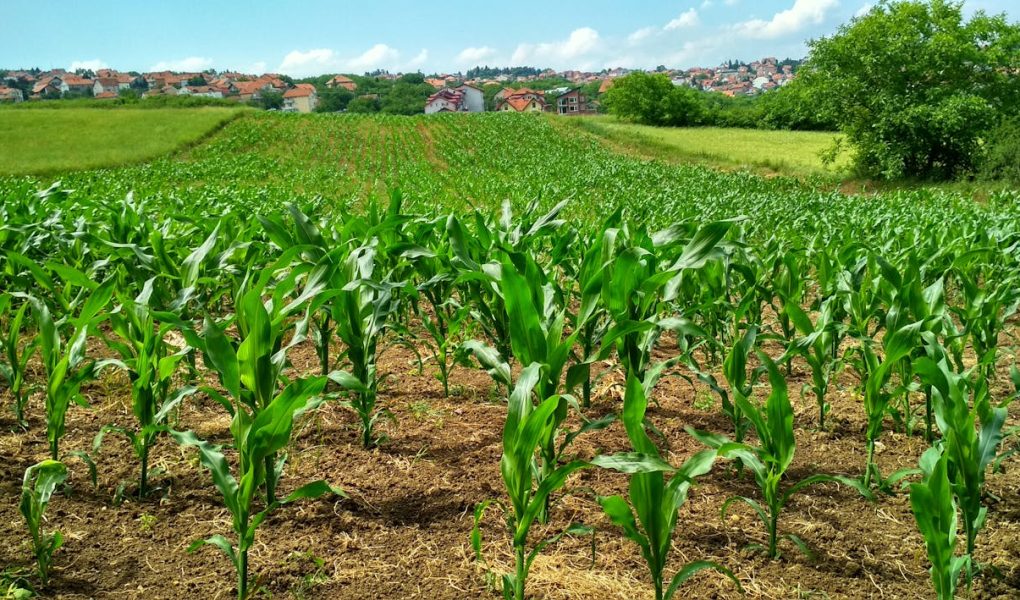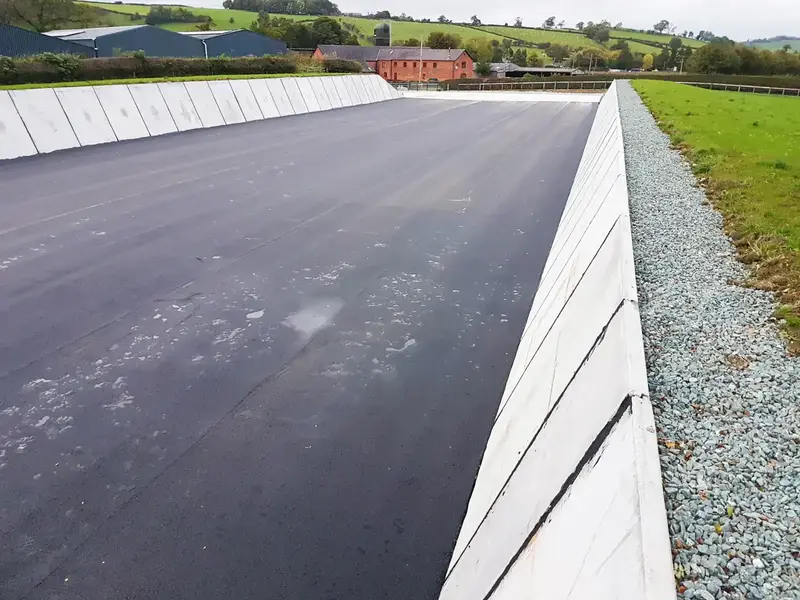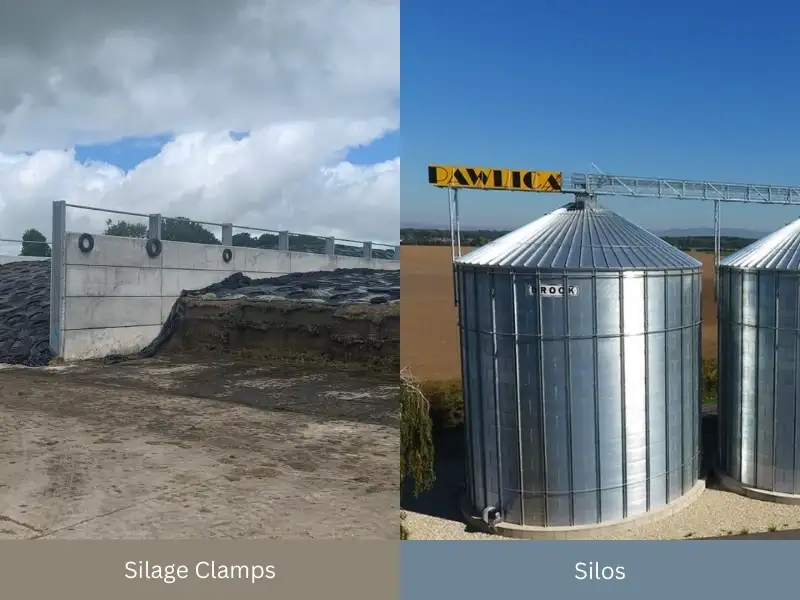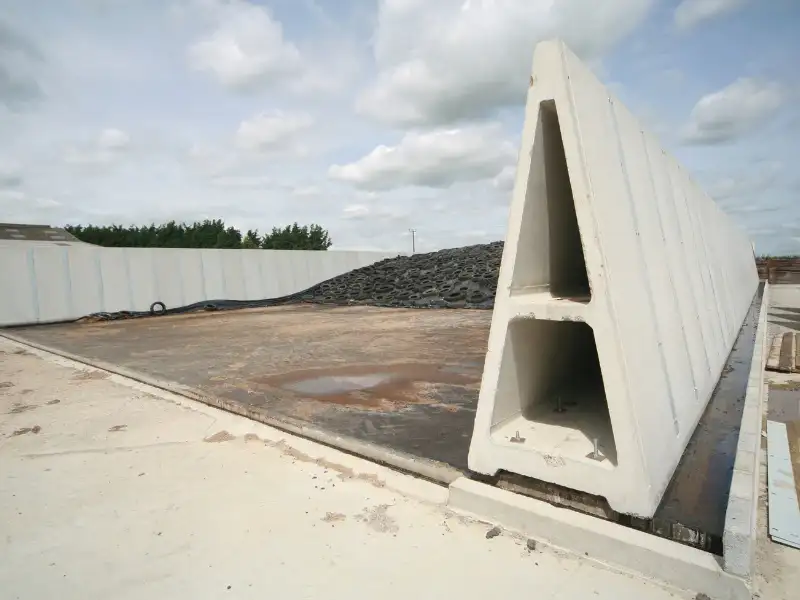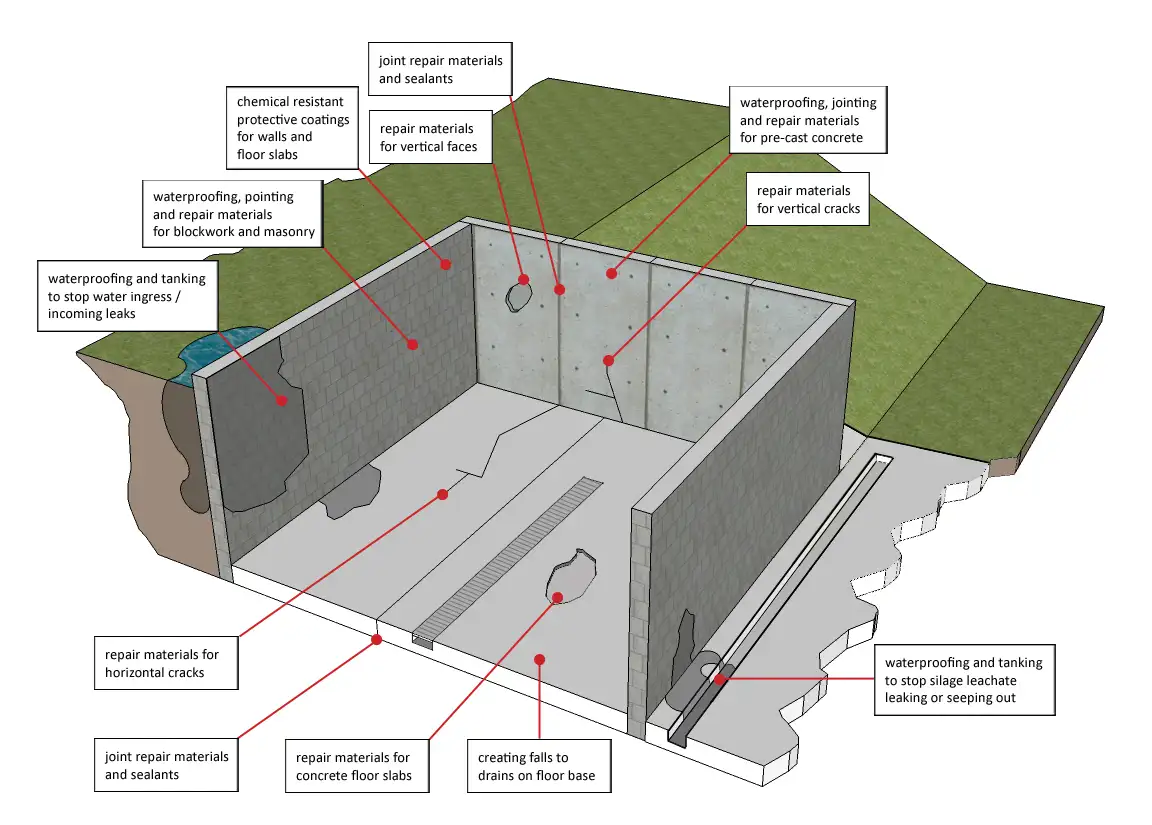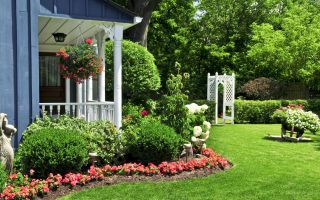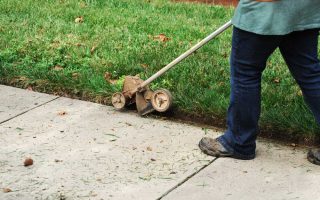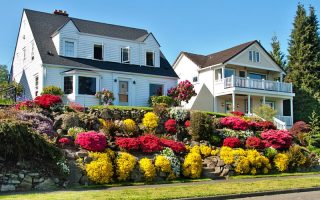Modern farming is about more than growing crops—it’s about preserving them effectively to ensure feed quality, cost-efficiency, and long-term sustainability. One of the best solutions? Precast silage clamps. Durable, quick to install, and designed to reduce feed waste, these systems are helping farmers future-proof their operations.
Why Modern Farms Are Turning to Precast Silage Clamps
Traditionally, farmers stored silage in trenches or covered mounds. While cost-effective at first glance, these methods often lead to spoilage, pest problems, and long-term inefficiencies. Precast concrete silage clamps offer an upgrade with benefits across four key areas:
- Longevity: As per the British Precast Concrete Federation, these structures can last 100+ years with proper maintenance.
- Efficiency: A study in Ireland showed up to 25% less silage loss when switching to precast clamps.
- Cost control: The UK’s AHDB reports that even a 10% reduction in spoilage can save farms £10,000 annually.
- Quick setup: Precast units are delivered ready for assembly, reducing time and labor during peak farming seasons.
In short: less feed wasted, more time saved.
What Farmers Are Saying: Real-World Results
Efficiency isn’t just theoretical. A UK-based dairy operation reported a 30% drop in silage losses after switching to precast clamps—translating into lower feed purchase costs and healthier livestock.
Meanwhile, a mixed-use farm in Ireland reduced labor time by 15%, thanks to easier access, filling, and sealing compared to trench-based storage.
These are just two examples of how upgrading storage can create ripple effects across an entire operation.
Silage Clamps vs. Other Feed Storage Options
Farms have long relied on hay bales or tower silos for feed. Here’s how they compare:
Hay Bales
✅ Good for small farms
❌ Vulnerable to pests, mold, and weather
❌ Up to 35% dry matter loss if improperly stored (Penn State Extension)
Tower Silos
✅ Strong protection from spoilage
❌ High construction and upkeep costs
❌ Labor-intensive to load and unload
Precast Silage Clamps
✅ Durable and low-maintenance
✅ Easy to load/unload with machinery
✅ High compaction rate for airtight sealing
✅ Customizable for different volumes
Thinking of Installing One? Here’s What You’ll Need
Precast clamps are easier to build than many expect. Here’s a simplified breakdown:
- Pick the Right Spot
Choose a well-drained, level location near feeding areas and machinery paths. - Prepare the Ground
Compact the soil and ensure it’s level. Add a slight slope for drainage. - Install Precast Panels
Choose reputable suppliers like JP Concrete for precast retaining wall systems designed for silage storage. - Pour a Solid Base
A concrete floor prevents nutrient loss and aids in compaction. - Fill and Compact the Silage
Use machinery to tightly compress forage. Less air = better fermentation. - Seal the Clamp
Cover with UV-resistant sheeting and add weights (e.g., tires or gravel bags) to keep air out.
Disclosure: Some outbound links may be sponsored. We only recommend resources that benefit farmers and operational efficiency.
Why Silage Clamps Support Sustainable Farming
Silage spoilage doesn’t just cost money—it wastes crops. The FAO estimates that 30% of food is lost globally, and poor storage is a major factor.
Using airtight clamps helps reduce this loss while preserving crop nutrients. Plus, precast concrete has environmental advantages:
- Requires fewer raw materials
- Has a long lifespan (reducing rebuild frequency)
- Emits less CO₂ during production compared to site-cast methods (per the National Precast Concrete Association)
Keep It Working: Maintenance Tips That Matter
A well-maintained clamp pays for itself year after year. Here’s how to protect your investment:
- Inspect the seal regularly. Tears in the plastic allow oxygen in, leading to spoilage.
- Clean between fills to remove old silage, mold, or debris that could contaminate new batches.
- Patch cracks early. Even durable precast can wear down under extreme stress. Use waterproof concrete repair sealants when needed.
What’s Next? Innovations on the Horizon
From smart tech to automation, silage clamps are evolving:
- Automated Feed Systems: Direct delivery from clamp to trough = less manual labor.
- Temperature Monitoring: Prevent spoilage by detecting heat spikes inside sealed clamps.
- Custom Designs: As crops diversify, clamps may be tailored by silage type, region, or use case.
Innovation isn’t just about machines—it’s about better storing what you already grow.
Final Thought: Invest in Smarter Silage Storage
Precast silage clamps aren’t a luxury—they’re a long-term solution for farms looking to cut losses, improve efficiency, and streamline operations. Whether you’re scaling up your dairy herd or refining your crop rotation strategy, modern storage is key to sustainable success.
Done right, your clamp will return value season after season—both in profit and peace of mind.
Got a question or story to share about silage storage? We’d love to hear from you—drop a comment below and keep the conversation growing.

